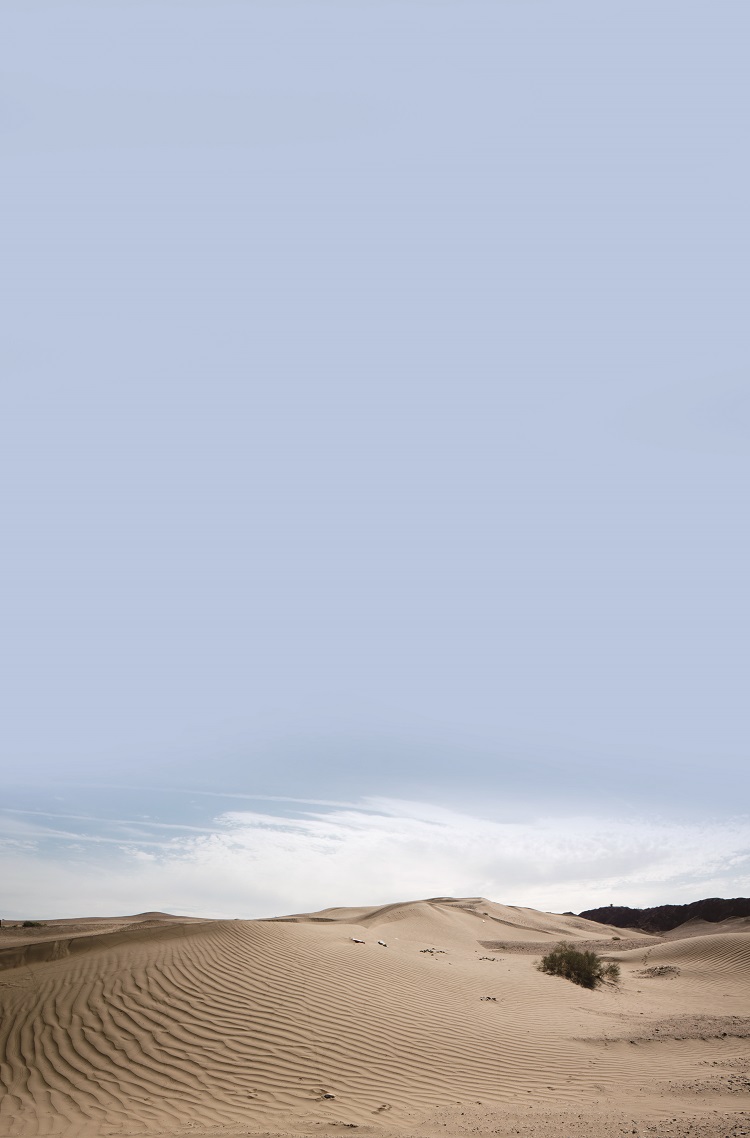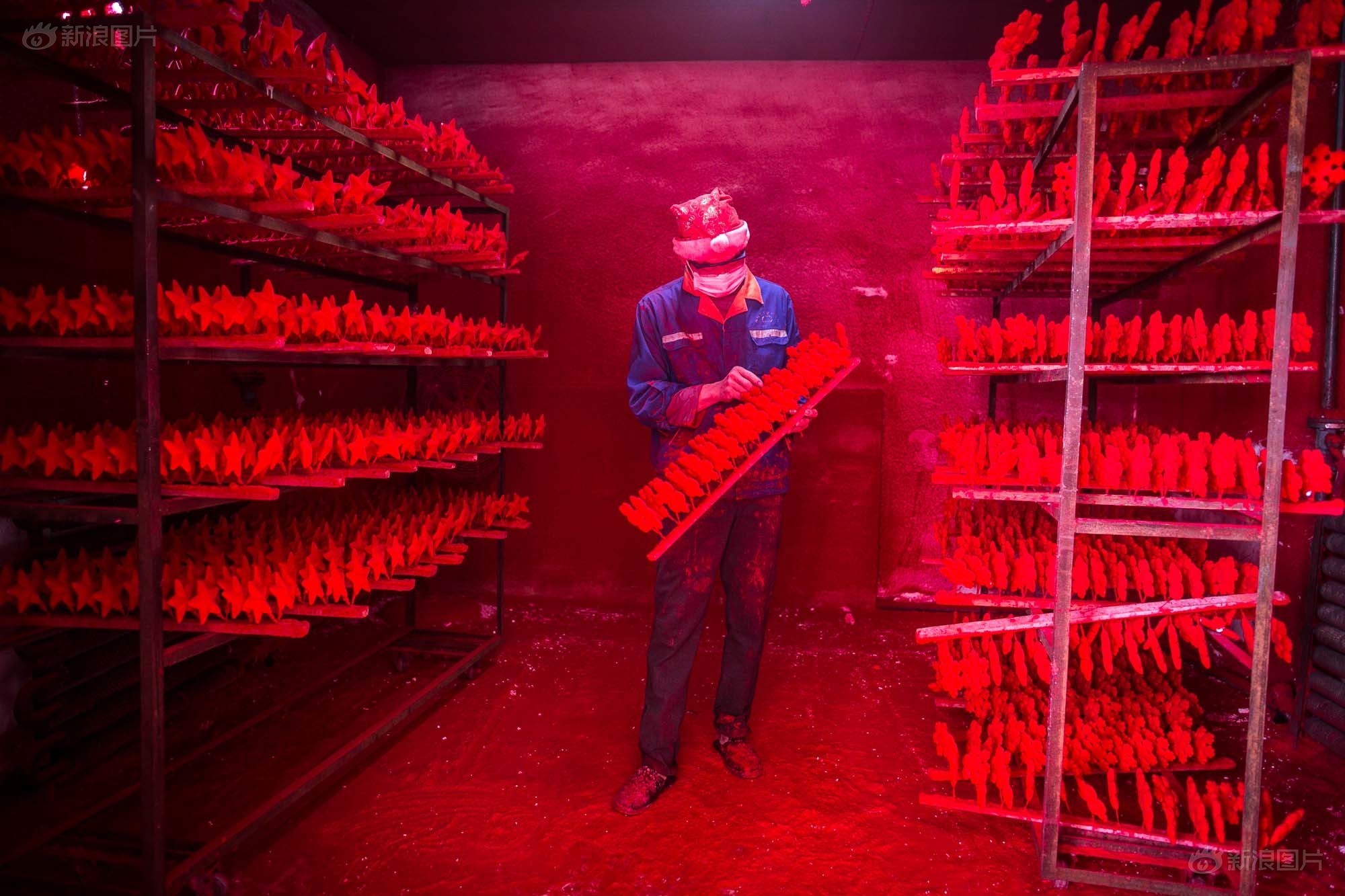By Lee Moore, photos by Galen Burke
If you live in China long enough, you are bound to hear about Dunhuang. Found where Gansu province borders Xinjiang, the Silk Road oasis hides one of the Middle Kingdom's most spectacular treasures.
Carved out of cliffs in the middle of the desert, 25 kilometers outside of the city center, is an amazing series of grottos filled with Buddhist artworks known as the Mogao Caves. Some of the caverns are little more than small statuaries, while others contain gigantic figures, like the 35.5-meter Buddha commissioned by Wu Zetian, China's only empress.
There are more than man-made wonders, however, to see in the area. Three-fifths of the way through our journey hitchhiking the Silk Road, Galen and I strapped our backpacks on and, after visiting the Mogao Caves and seeing the fantastic paintings contained inside, set out into the surrounding desert.
Sand dunes rise hundreds of meters over the cliff peaks, as if ready to swallow them. Facing these dunes, opposite of the stream trickling past the caves, a front of red, sandy mountains stands watch. It was to these rocky formations that we set out.
 The journey was not particularly long, only 4 or 5 kilometers. We waited until the end of the day, letting the sweltering heat dissipate into the tolerable warmth of late afternoon. Going into the desert always has an element of danger in it, but on that day the wind stormed out of the hills and blew across our path. As we continued to our site, we had to stop and turn our backs to the air currents, waiting for the sand to give way, just so that we could see where we were going. Slow was the only way to be safe.
The journey was not particularly long, only 4 or 5 kilometers. We waited until the end of the day, letting the sweltering heat dissipate into the tolerable warmth of late afternoon. Going into the desert always has an element of danger in it, but on that day the wind stormed out of the hills and blew across our path. As we continued to our site, we had to stop and turn our backs to the air currents, waiting for the sand to give way, just so that we could see where we were going. Slow was the only way to be safe.
After less than an hour of stop-and-start hiking, we made it to a finger of one of the burnt orange summits. Hidden inside a gully at the edge of the mountain, it felt like no one had set foot there for a thousand years. From the top of the gully's wall, though, we could still see Wu Zetian's cave towering over the green oasis. Despite feeling far in time from civilization, we were not far from it in distance.
We set our tent up in the ravine. As the day became darker, the winds and the sands settled. Galen spent the evening taking photos, while I wandered 2 kilometers north, along the edge of the ridges, to see two pagodas that were standing silently in the distance. When I reached them, I found no explanation of when they had been built nor who had built them. The pagodas could have been a thousand years old, erected alongside the Mogao Caves, perhaps by the very same Silk Road travelers. The dryness of the desert preserves things for millennia; its emptiness means things are left alone.
I returned to camp. Night fell and the desert grew cool. Galen and I snacked on raisins and drank beers. Stars drifted across the crisp, black sky – there are few places better to watch the stars than the desert.
Dunhuang, now a small tourist town clinging to the edge of arid wastes, was once a node along the Silk Road, a center of the Buddhist world. Drinking more from my bottle, I wondered who had camped here before us in previous centuries. How many caravans had unloaded their camels and looked up at the stars from this spot? How many Buddhist monks had slept here to look back on the caves they had carved?
After several beers, we fell asleep in the silence of the desert.
// Lee Moore and Galen Burke won the 2013 Outside Magazine Adventure Grant with a plan to hitchhike the Chinese section of the Silk Road, from Xi’an to Kashgar, visiting parks and scenic areas along the way. The project's goal is explore China's remaining wild spaces while also understanding what the Chinese people think of the wild. We’ll be following their journey every month as they investigate the culture and nature along this historic trade route. For more information on the Silk Road Hitchhikers, visit www.silkroadhitchhikers.com.






















0 User Comments